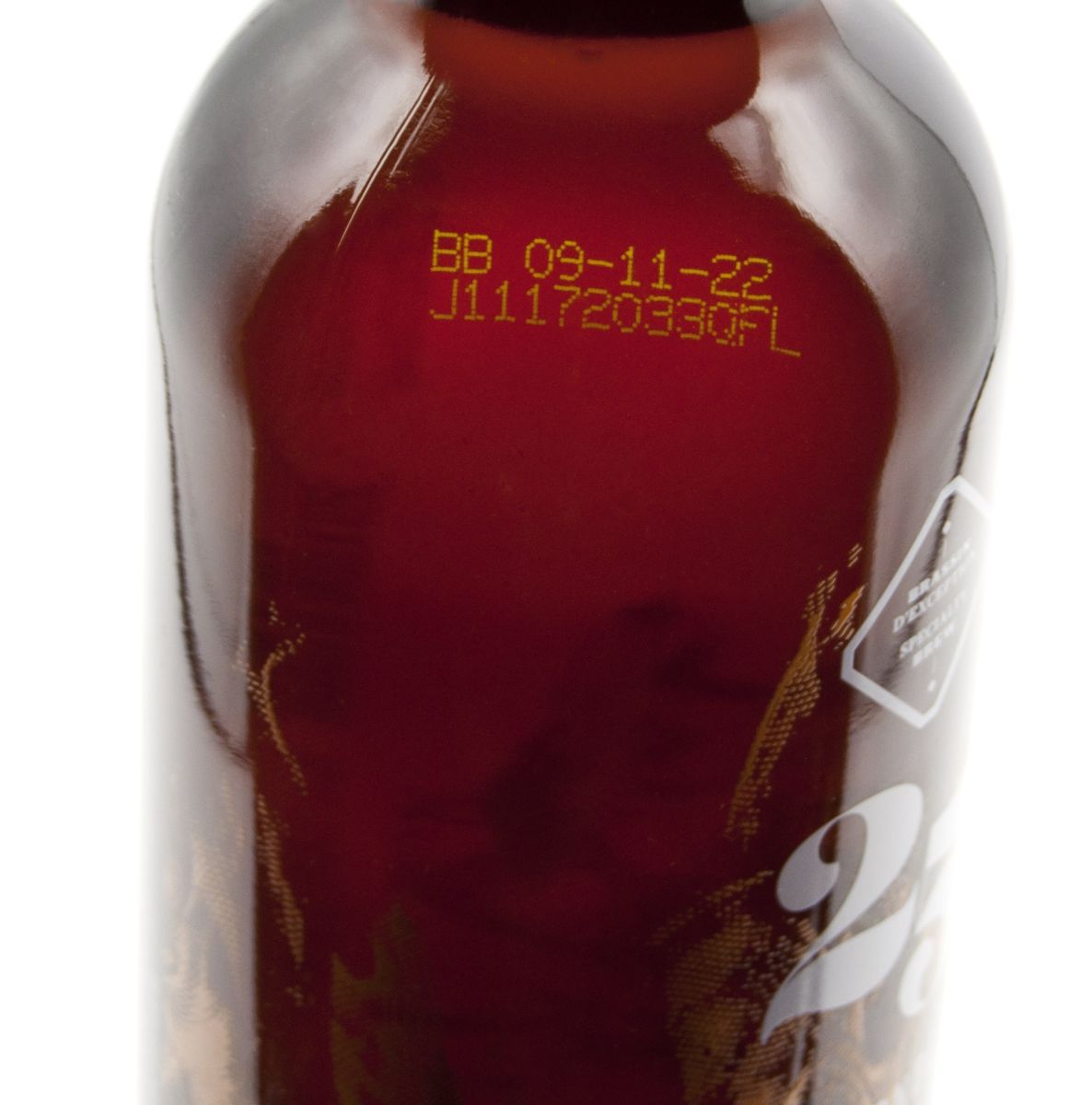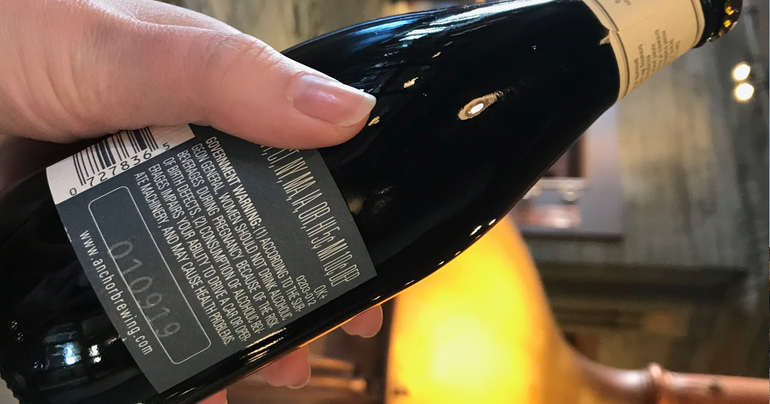Start 14-Day Trial Subscription
*No credit card required

How Long Does Beer Last?
Some styles of beer can be stored in a cellar, matured and saved for later. Some cannot. Learn here about which beers should be enjoyed fresh, how long a typical shelf life is and which should be aged for complexity.
Beer is best fresh. There is little debate about this in the craft brewing community. However, some beers can be saved for a longer period of time, and others, such as bottle-conditioned beers, are actually designed to evolve in nuance and flavor over time. The question of "how long does beer last?" is a common refrain for the average beer drinker. With the proliferation of full-flavored beers in a kaleidoscope of styles, it is more important than ever for consumers to be aware of how old a beer is, as well as how long that particular beer can be enjoyed for best flavor. Let's take a look at some general practices that can help you make good decisions when considering your next beer purchase.
When I buy a new beer, I do my best to check to see how old it is; if it’s older than two months, I rarely pull the trigger on a purchase.
IPAs are best consumed fresh, ideally within a month of packaging, and preferably no older than three months. This is because the degradation of hops occurs rapidly.
With the amount of IPAs available on the market, this is an almost impossible achievement on a regular basis. I often find IPAs on store shelves that are a year or more old -- a tragedy of the highest degree.
Even so, a fresh-from-the-brewery-tap IPA is a vastly different experience than a month-old can of the same beer, so always try to experience that for a comparison.
Many breweries do print a “packaged on” or “born on” date on their beers. While a nice idea, this information is only helpful to the beer drinkers that know two things: How to look for that information and what that date means for the beer itself. More often than not, the dates are hidden underneath the can or printed in a miniscule font on dark bottle sides. Even if a consumer finds that information, they may not know what to do with that obscured series of numbers.
Putting a “best by” date also shouldn't be seen as an expiration date, as beer doesn't technically spoil, it just becomes less tasty over time. A beer past its ideal state can taste bad and turn off consumers from trying different beers from an otherwise great brewery -- all because the beer was too old.

Sünner Kolsch from Sünner Brauerei showcases its "best before" date via cut-outs on the back label. This example is best enjoyed before August of 2018.
San Diego-based Stone Brewing Co. has found a unique solution to "best by" date concerns by releasing the "Enjoy By" series. With its "enjoy by" date printed front and center as the name and focal point of each version's label, a consumer knows exactly when this beer should be imbibed for best flavor.
On the flip side, Stone also has an “Enjoy After” series of Brettanomyces-infused IPAs, which lets fans know that this wild IPA will continue to develop after purchase and also states when it would be best to open.
Other examples of breweries that offer “best by” or “best before” dates on their bottles include New Belgium Brewing Co. and Odell Brewing Co.
With age often comes a variety of unflattering characteristics – much more than just flavor degradation. It can oxidize, creating a wet cardboard-like flavor. Beers can also become “skunked” if left in the presence of direct light.
Styles such as pale ales, light lagers, wheat beers and brown ales are best within 120 days of packaging, whereas darker, heavier beers, like stouts and porters, are good for up to 180 days.
Styles such as barrel-aged beers, sour ales and imperial beers are much more robust and last longer on shelves. Time helps mellow out big, boozy beers and can also help sour beers evolve, as the leftover souring elements can continue to evolve in a beer for years -- creating fascinating new flavors.

Blonde de l'Enfer, a Belgian Golden Strong Ale from Unibroue, has a printed "best before" date of 9-11-2022 on the side of the bottle. Belgian Golden Strong Ales are highly cellarable, hence the much longer lifespan of this brew.
Barrel-aged beers are pulled from the barrels ready to drink, but one may age them for considerable periods of time for additional complexity.
Belgium’s Cantillon, one of the world’s most renowned breweries, and several other Lambic producers will put “best by” dates on beers many years into the future, as they have sugars and yeast that continue fermentation with a full maturity after three years. Still, these statements vary in size and placement on the bottle, and they aren't overly apparent to everyday drinkers.
For sour and multiple French- and Belgian-style beers, a brewery is likely to put a statement of how long a beer might continue to evolve. Goose Island Beer Co. prints “develops in the bottle for over five years” on bottles of some of its beers, such as Matilda and Lolita.
One way around this clustered world of various "best by" and "packaged on" dates in beer is to create a standardized method of beer dating. Perhaps craft beer's governing body, the Brewers Association, could take on this important task, as making a consistent process for breweries to label their beer would benefit the breweries themselves, as well as consumers at large. Beers also need to have a uniform place where "best by" dates can be found, so that befuddled consumers don't have to inspect every inch of a can's surface or squint at the fine print on a bottle's label.
Until some sort of reform takes place on how to easily tell when a beer is best consumed, follow this simple rule of thumb: After you purchase a beer, drink it relatively quickly in order to get the most enjoyment out of its freshness. Though a beer's freshness isn’t guaranteed in a world where hundreds of beers sit on retailer shelves untouched, it’s better to be safe and drink up as soon as possible than to wait too long and be thoroughly unimpressed.
You don't have to tell me twice.




Comments